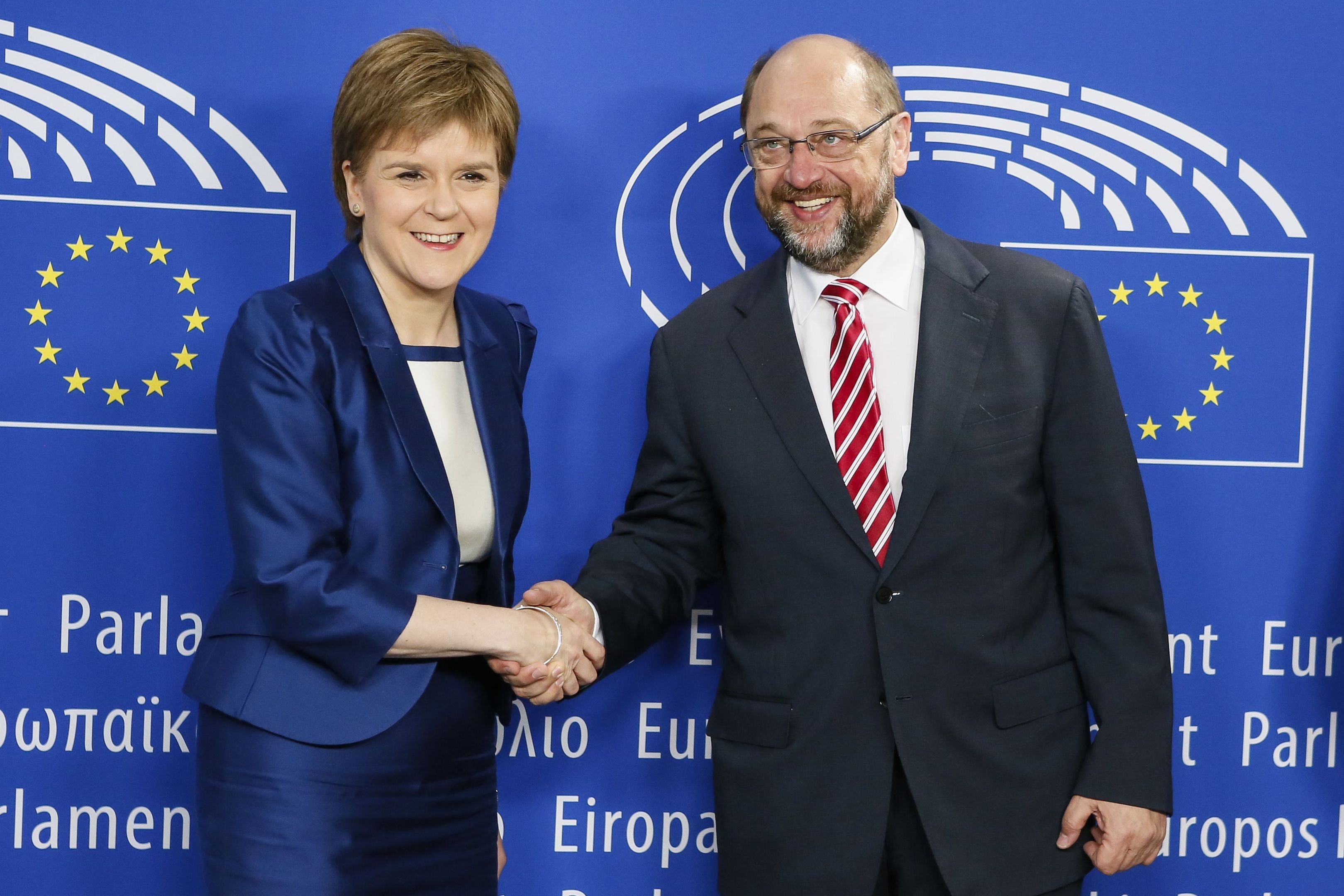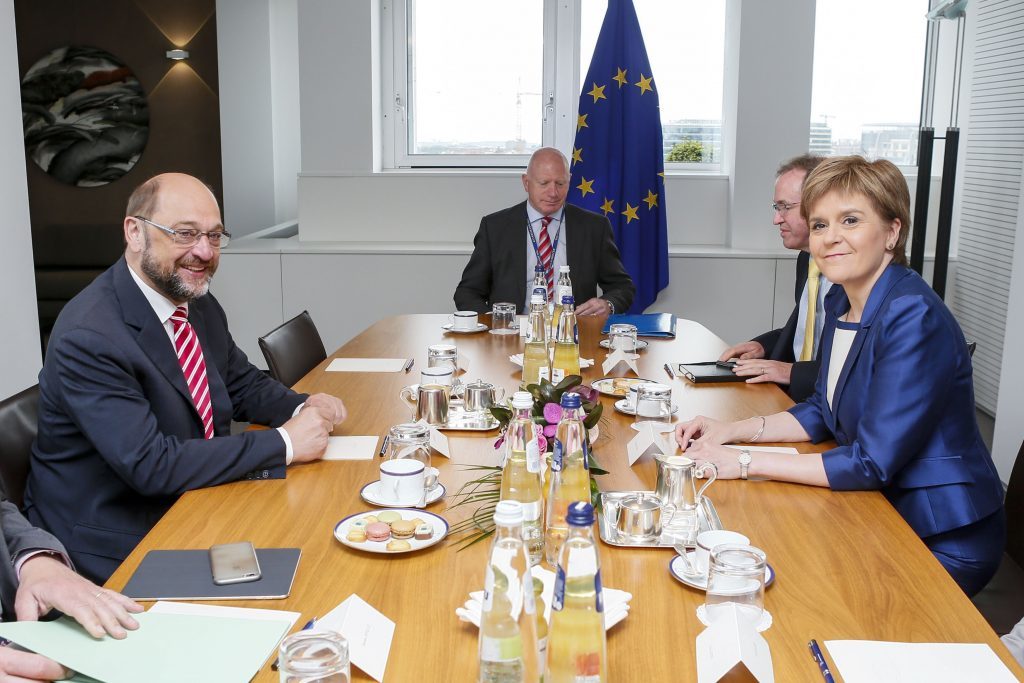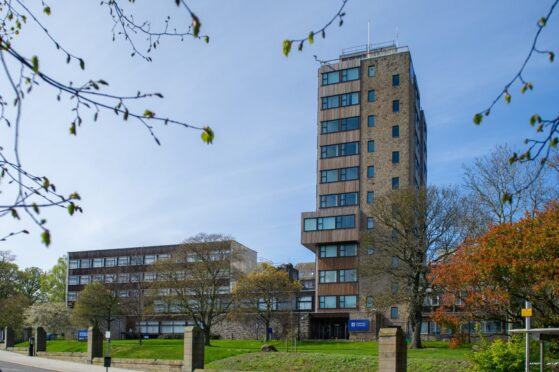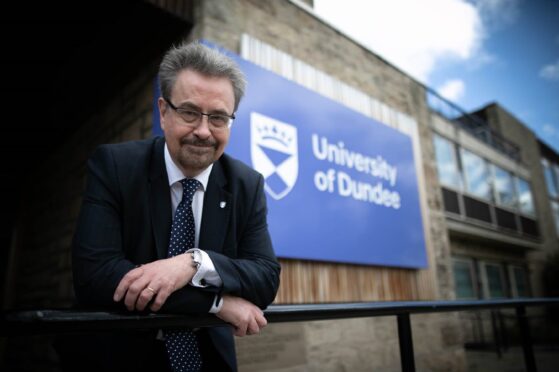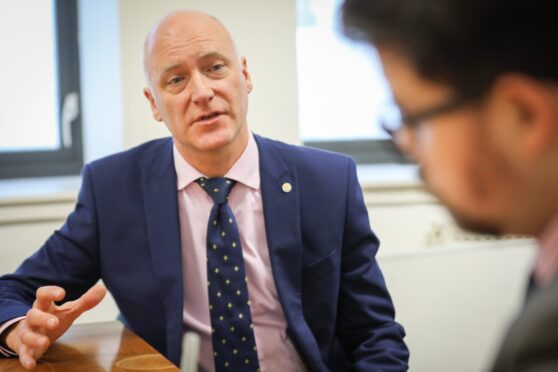Nicola Sturgeon has travelled to Brussels with a message for key EU officials and leaders of the European Parliament that Scotland does not want to leave the 28-nation bloc.
Following talks with European Parliament president Martin Schulz, the Scottish First Minister made clear plans remain at a “very early stage” and that her visit was primarily intended to ensure Brussels is aware of Scotland’s position in the wake of last Thursday’s UK-wide vote for Brexit.
The First Minister’s visit comes after MSPs voted to give her a “mandate” to hold discussions with EU institutions as well as the UK Government and other devolved nations.
Ms Sturgeon has said that “everything must be on the table to protect Scotland’s place in Europe” after the UK voted to leave the EU while a large majority of Scots voted to stay.
Speaking after her talks with Mr Schulz, she said: “We are at a very early stage of this process. I’ve set out very clearly Scotland’s desire to protect our relationship with the European Union.
“I don’t underestimate the challenges that lie ahead for us in seeking to find a path and this is very much an initial meeting and series of meetings in Brussels today so that people understand that Scotland, unlike other parts of the UK, doesn’t want to leave the EU.
“It was very much an introductory meeting and I was grateful to the president for agreeing to see me this morning.”
Mr Schulz said: “I listened carefully and I learned a lot.”
Ms Sturgeon was later expected to meet European Commission president Jean-Claude Juncker and Guy Verhofstadt, former Belgian prime minister and leader of the Liberal group at the European Parliament.
It is understood European Council president Donald Tusk has no plans to meet Ms Sturgeon because he does not consider it to be the right time.
The First Minister’s diplomatic mission comes as the European Council summit, chaired by Mr Tusk, continued in the absence of David Cameron.
The heads of state or government are meeting informally to discuss the political and practical implications of the referendum results after the Prime Minister outlined the UK’s position on Tuesday.
In the House of Commons in London, the PM brushed off a demand from the Scottish National Party’s leader in Westminster, Angus Robertson, to assist Scotland in its efforts to remain a part of the EU.
Mr Cameron said that “the membership of the UK is a UK membership and that’s where we should take our negotiating stance”.
It was in Scotland’s best interest, as well as the interest of the UK as a whole, to negotiate “the closest possible relationship” with the remaining EU following withdrawal, he said.
